15 rare historical photos of Native American life that you've probably never seen

- Edward S. Curtis spent 30 years documenting over 80 Native American tribes in the early 1900s.
- He published his photos in a 20-volume collection, "The North American Indian."
In the early 1900s, photographer Edward S. Curtis set out to document Native American tribes as westward expansion and ethnic cleansing threatened their way of life.
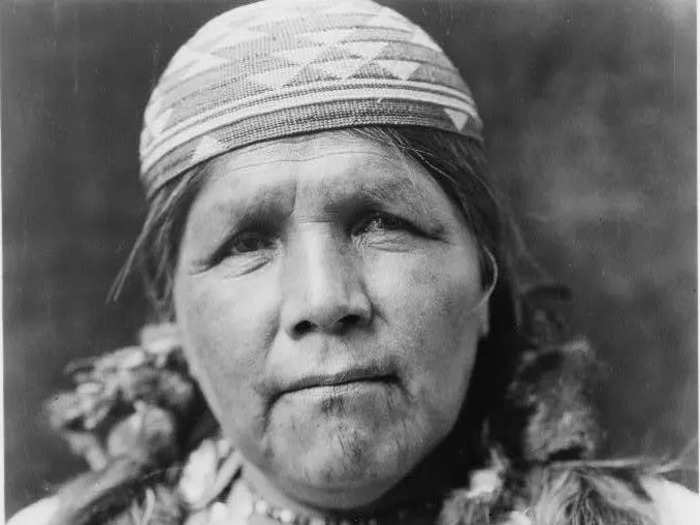
By the late 19th century, Native children were forced to attend government-operated boarding schools designed for assimilation, where their names, languages, and long hair were forbidden. Many students also died of infectious diseases like tuberculosis.
He traveled by wagon, foot, and horse, ultimately visiting over 80 Native American tribes over 30 years.
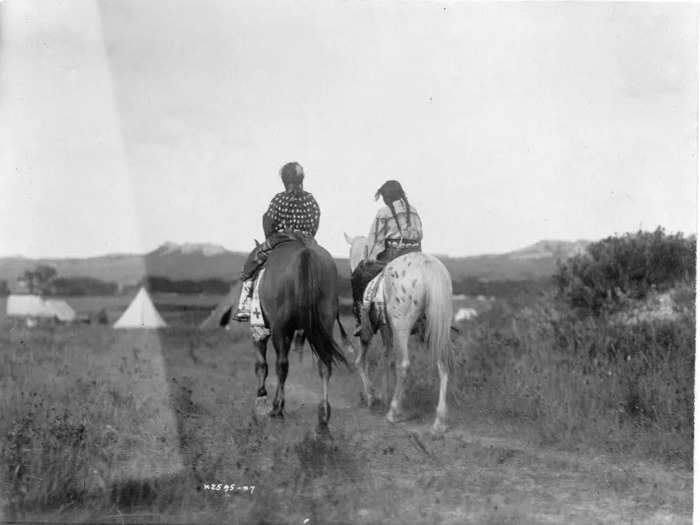
Curtis took over 40,000 pictures. It would cost an estimated $35 million to execute a similar project today, Smithsonian Magazine's Gilbert King reported.
He published his photos in a 20-volume work called "The North American Indian." The New York Herald called it "the most ambitious enterprise in publishing since the production of the King James Bible," although his work has also faced criticism for his romanticised depictions, which were amplified by his editing and photography style.
His gelatin silver prints, a medium that became popular in the early 20th century, allowed for more detailed images.
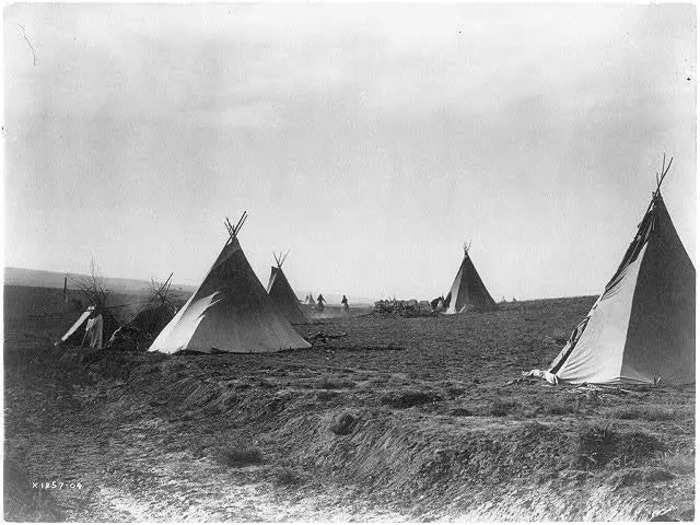
The development process involves layers of paper, the mineral baryta, and gelatin mixed with light-sensitive silver compounds.
Around 2,500 of Curtis' original prints can be viewed at the Library of Congress. In addition to the originals at the Library of Congress, Northwestern University's Digital Collections Library houses digitized versions.
The Native communities he worked with gave him the name "Shadow Catcher."
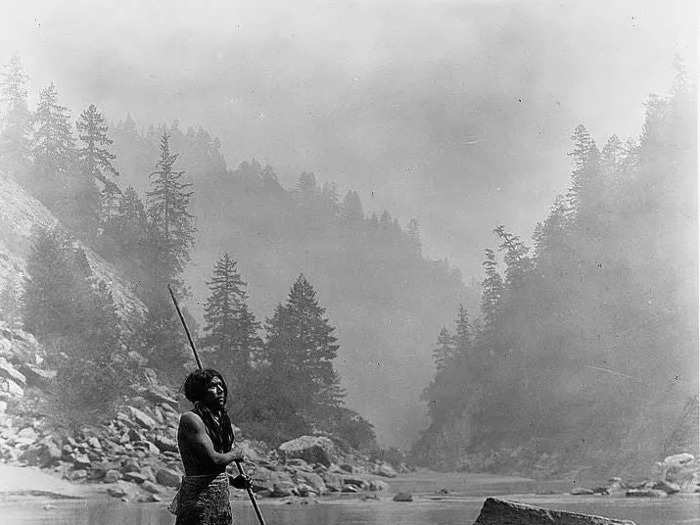
Curtis later wrote that his name should have been "The Man Who Never Took Time to Play."
Curtis photographed important Native American figures such as chiefs and shamans.
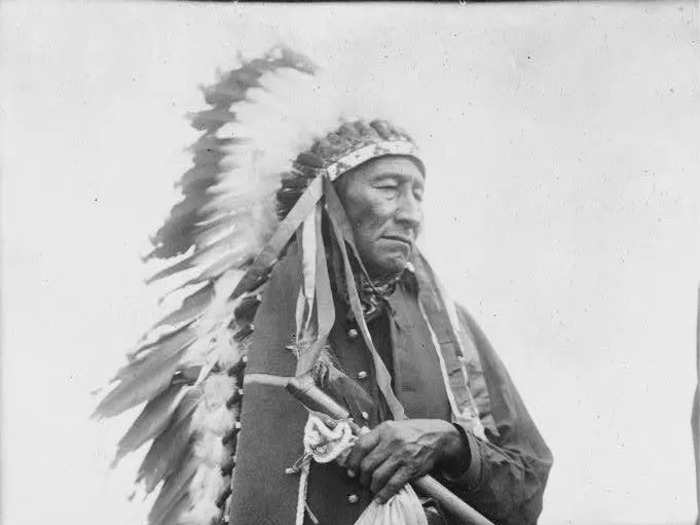
Curtis took this photo of the Dakota Chief Stinking Bear in 1905.
He included subjects of all ages, from elders to babies.
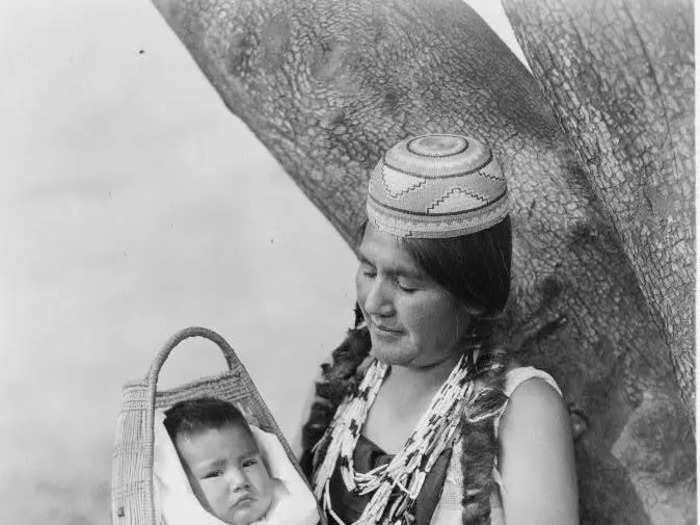
A Hupa woman posed for Curtis with her baby in a traditional woven carrier in 1923.
He captured the rhythms of everyday life, such as grinding grain.
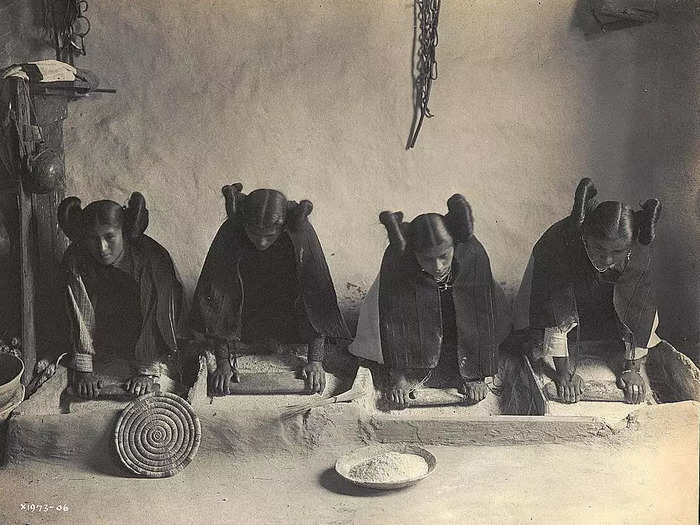
He photographed Hopi women grinding grain on a mealing trough in 1906.
In this image, two women cook at a campfire.
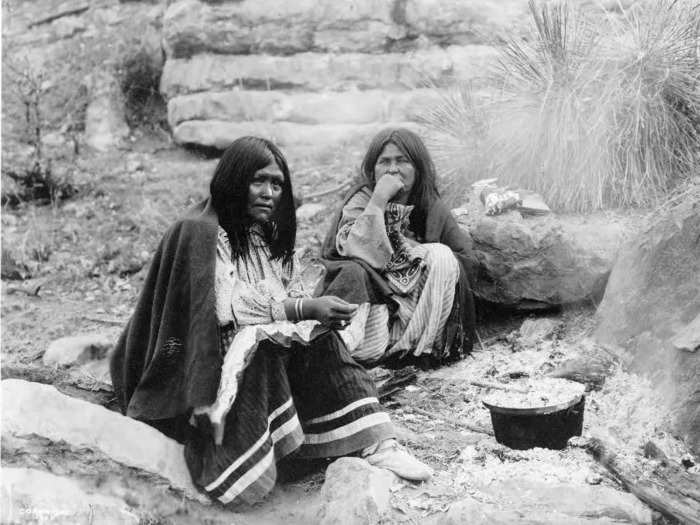
This photo of Apache women cooking at a fire was taken in 1903.
Basket-makers showed Curtis their work.
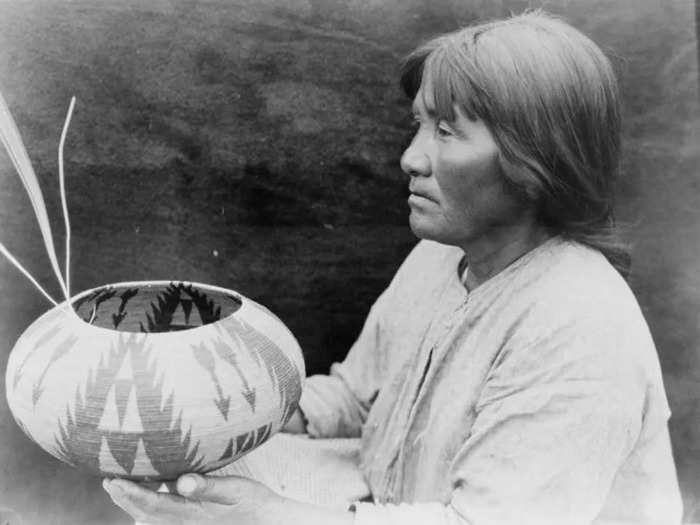
This basket-maker from the Mono Lake Paiute tribe was photographed in 1924.
Some of his subjects simply went about their days as Curtis worked behind the camera.
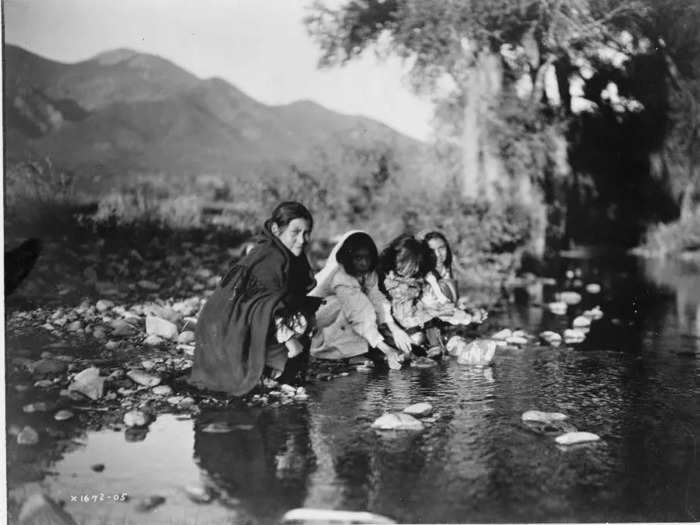
Curtis photographed four Taos children sitting at the edge of a stream in 1905.
With the permission of tribal elders, Curtis also staged reenactments of ceremonies and battles for him to photograph.
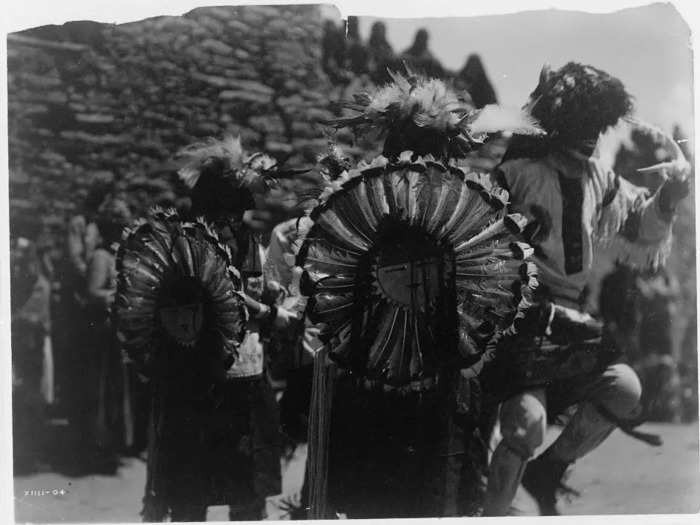
Curtis documented Tewa dancers dressed for the annual Buffalo Dance wearing bustles made of turkey feathers in 1905.
But Curtis has been criticized for presenting a romanticized version of Native American life, choosing to omit the modern clothing most Native people wore at the time.
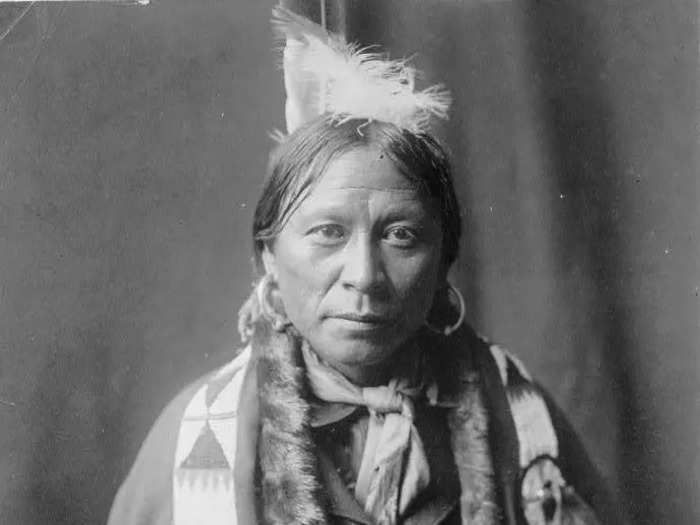
By the early 1900s, many Native peoples no longer wore their traditional clothing as government-mandated assimilation took hold. Curtis chose to stage formal portraits in traditional dress that many Native people no longer wore.
He also edited out pieces of technology, such as the clock in his 1910 photo "In a Piegan lodge." It's missing in some versions.
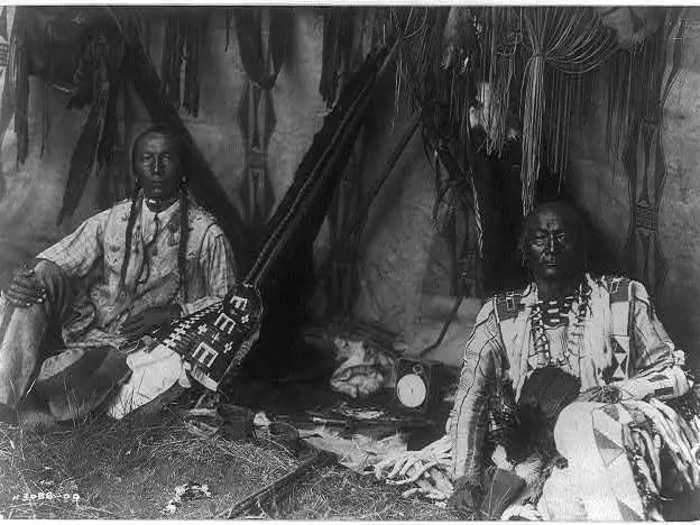
Curtis was criticized for occasionally retouching his photos to remove modern technology. Indigenous rights groups say this kind of selective storytelling perpetuates antiquated ideas about Native people, creating the narrative that they only exist in the past and aren't a part of modern life.
Author Laurie Lawlor wrote that for his time, Curtis, who was a non-Native, "was far ahead of his contemporaries in sensitivity, tolerance and openness to Native American cultures and ways of thinking."
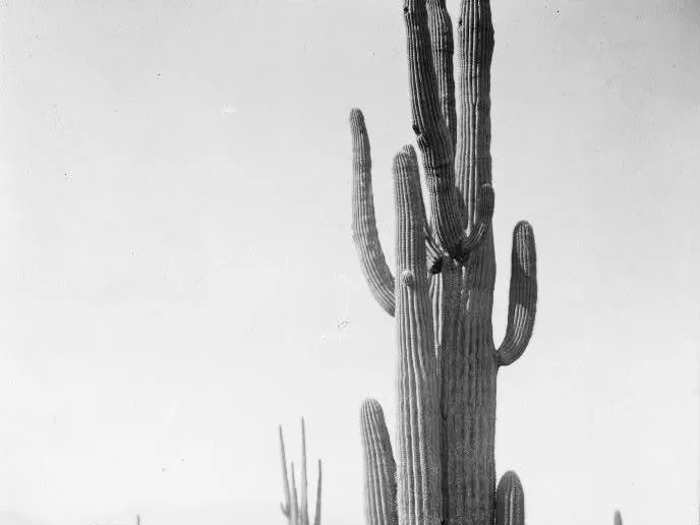
"He sought to observe and understand by going directly into the field," she wrote in her book "Shadow Catcher: The Life and Work of Edward S. Curtis."
Despite their problematic elements, Curtis' photos remain a resource of great historic value.
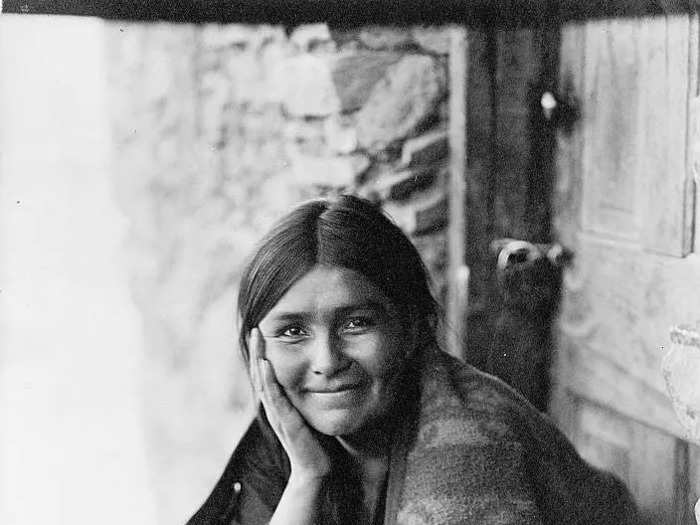
In 2016, the Portland Art Museum hosted an exhibition called Contemporary Native American Photographers and the Edward Curtis Legacy.
There were mixed thoughts on the exhibit and whether Curtis' work had "informed or misinformed" the public's notion of Native American culture, but curators told Artsy they believed his work provided a stepping stone for people to see and understand Native American lives and to learn about contemporary Native American photographers.
Curtis' photos were displayed alongside the work of photographers including Zig Jackson, Wendy Red Star, and Will Wilson.
READ MORE ARTICLES ON
Advertisement